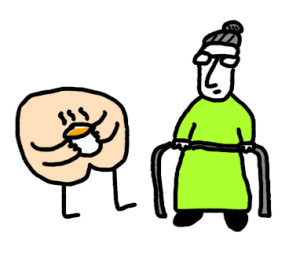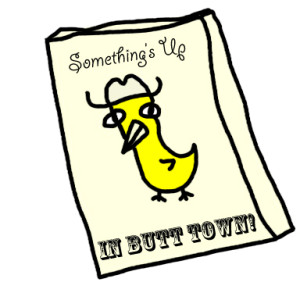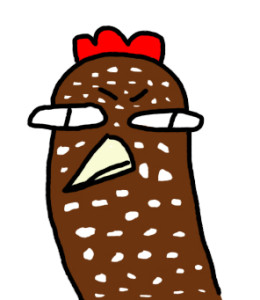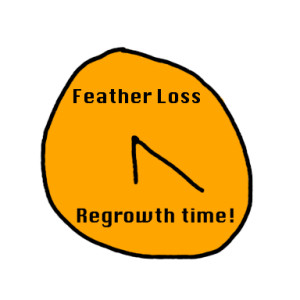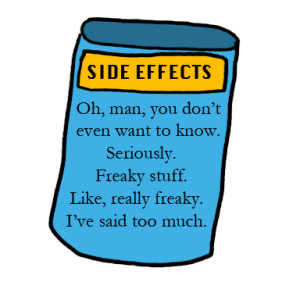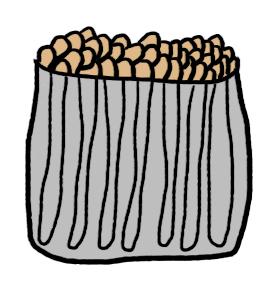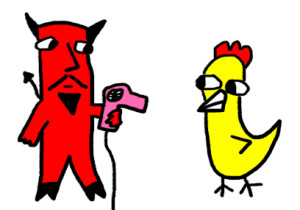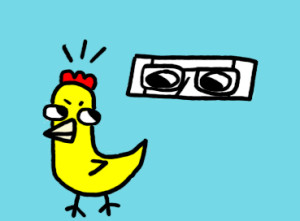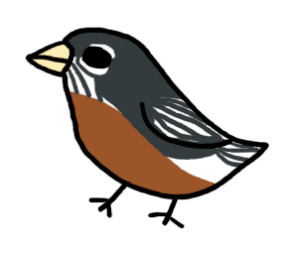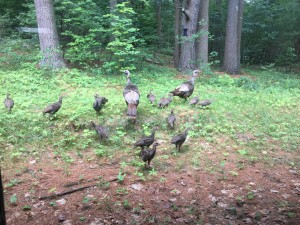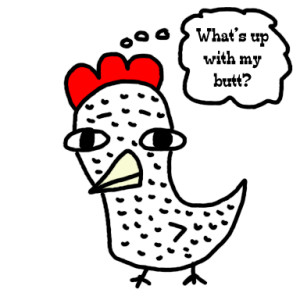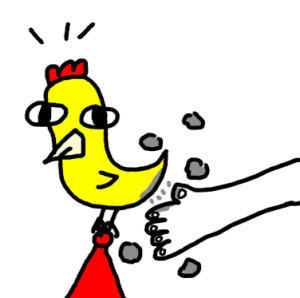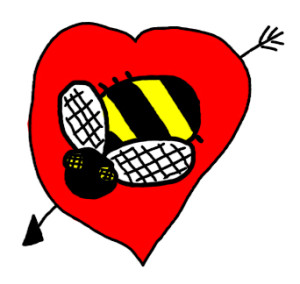(Broadcast 7/12/2013)
Sooner or later, you’re going to have bugs or smells or bugs and smells in your coop or run or coop and run. Bugs and smells are things that will find a way. If we could harness their power to appear, we could solve the energy crisis, but instead we continue to push things like fracking, when the money is in bugs and smells. Anyway, let’s focus on saving the coop or run or coop and run. I’ll deal with saving the world later.
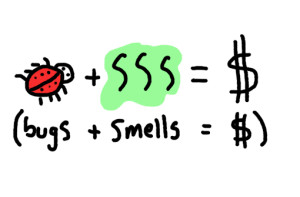
Remember this equation and you can’t go wrong.
I have been pretty fortunate to not have had much of a problem with bugs or smells, or maybe I have just have a high tolerance for them. Where we live has a lot of bugs. You’ve got your ants, your piercing/sucking mouthpart parasites, a.k.a. humungous mosquitoes, various flying stinging S.O.B.s, and then loads of dragonflies, which I actually totally enjoy having. The green ones seem to be especially friendly, and even let you pet them. On the flip side of that, we also have these weird woodland roaches that live in the leaf litter. If there’s one thing we have, it’s poison ivy. If there’s a second thing, it’s leaf litter, so we’ve got these roaches everywhere. They fly, too, just to be the total package. Luckily, if the roaches go near the coop or run, they’re going to get eaten. Circle of life. Most of the other bugs aren’t that interested in chickens. What you’re going to have a lot of is flies, because you’re also going to have a lot of poop. Flies are into that. So controlling the poop is a start. This helps with both the flies and the smell.
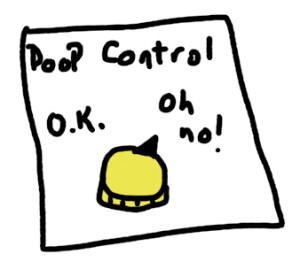
This knob does not actually exist.
So how do you control the poop? Well, to start, keep the coop clean. If you’re not keeping the coop clean, you may have bigger problems than stink. What I do is put clean pine shavings down on top of any fresh coop poop in the morning, and then once a week I clean out the under-the-roost area. That’s where it’s all concentrated. For the rest of the coop, I do what’s called the “deep litter method,” which involves adding more shavings, and getting the chickens to mix any old poop around so it’s not near the surface. You do this by throwing treats in there, and they mix it all up by scratching around. There’s not that much poop actually mixed in there, at least in my coop, since they only really are in the coop to sleep or lay eggs. It doesn’t really smell like anything.
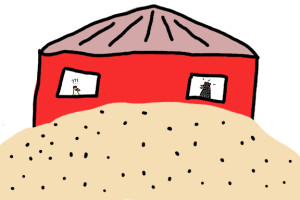
Just don’t get carried away with the wood chips.
The run is where I’ve had problems with smells, but really only if it’s been wet or humid. These last few weeks have been kind of brutal in terms of humidity, and even then, I only notice a smell if I’m standing right next to the run. The times it has been bad, what I’ve ended up doing is dusting everything with diatomaceous earth. This is powder made from fossilized micro-organisms called diatoms. The cool kids call it D.E. I’m not sure why it works on smells, but I do a dusting, and everything smells fine until the next rainstorm. You can also try putting sand in the run, or even straw, but I’ve never had the smell get so bad that I felt the need to try that. Which is good, because straw can get icky if it rains, and there’s one more thing to have to clean out. The nice thing about D.E. in the run is that when the chickens take dust baths, they get coated in the D.E., which can help control mites.

When in Rome, do as The Fonz does.
Diatomaceous earth also works wonders for bugs in the coop. The diatoms are broken into tiny pieces, and these pieces will do a number on the exoskeletons of insects. I will periodically sprinkle some in the coop just as a preventative measure. It gets mixed around in the bedding as the birds walk on it, and so there’s no place to hide. The main thing to be concerned with is that you get food grade D.E. That’s o.k. for animals to come into contact with. Feed stores usually have it, since this is such a tried and true remedy for a lot of things. If you do any sort of search online for “bugs in the coop,” the first line of defense is always D.E. If things get bad enough, you may have to take everything out of the coop, bleach it (don’t bleach the chickens, though), and then put it all back when it dries, and keep the chickens out while it’s drying. This is a good thing to do once a year anyway, but the mood is much different if you’re doing it because you’ve got a critter invasion.
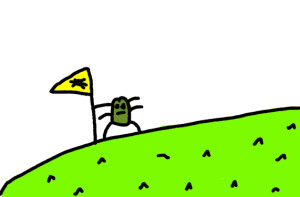
How all critter invasions start.
Speaking of critter invasions, diatomaceous earth is something that works wonders on bedbugs too. Put your mattress in a bag, dump some D.E. in there, seal it up, and after about a week, you should be good. You not only get to say the word “diatomaceous,” but you win out over bedbugs too. Of course, no one really wins when bedbugs are involved. Not even me. I get itchy just saying that word. I brought this on myself.
Like this:
Like Loading...
